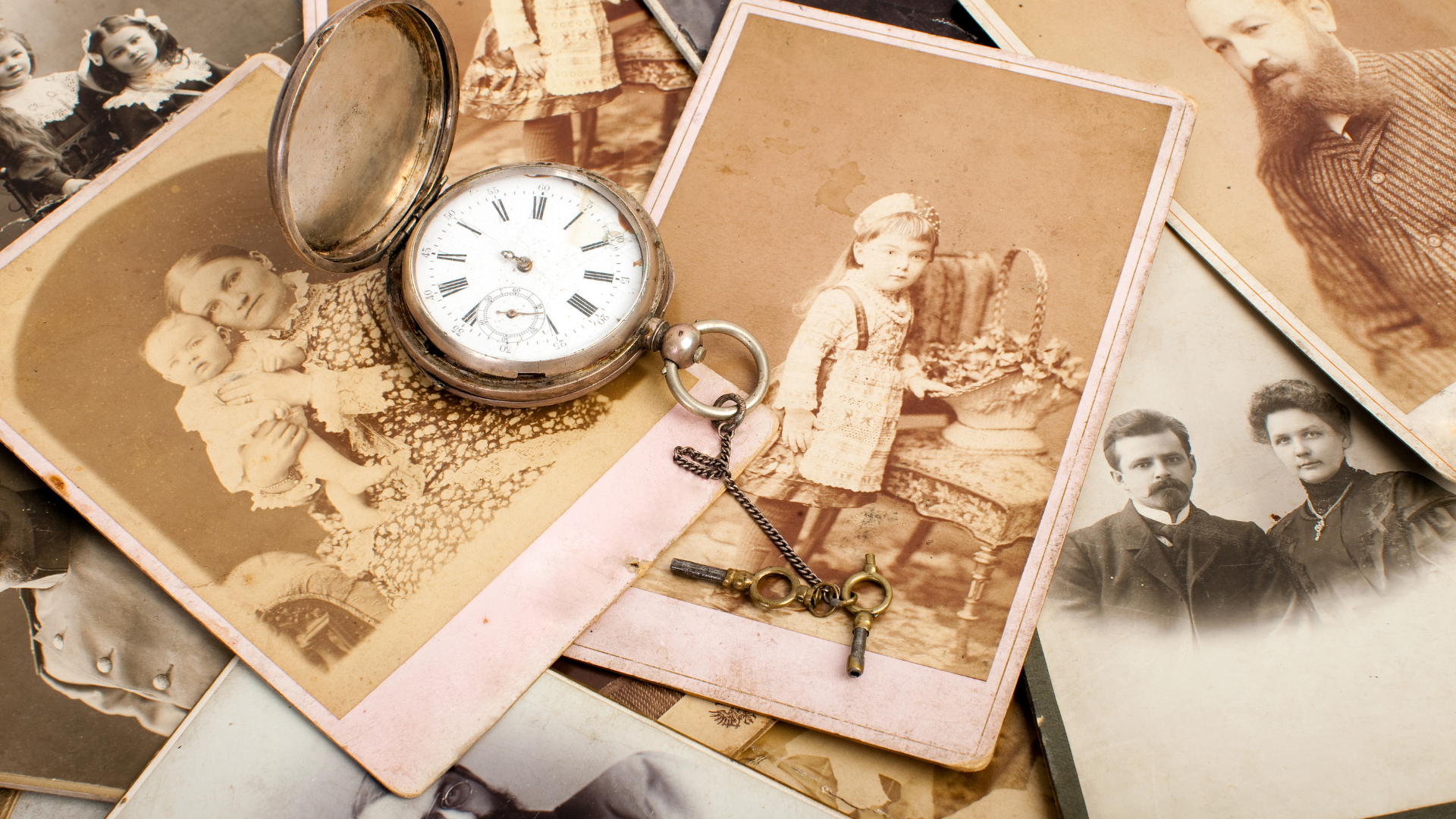Genealogy is an important area of study that is often underutilized. Many great accomplishments from history are lost if people fail to study their genealogy, so if you want to know more about your ancestors, there’s no time like the present to get started!
Here are Ways to Find the Birthplace of Your Ancestors:
Start with immediate family, and then go outward.
The best place to start is to simply ask your immediate family what they already know. You might be surprised by the amount of information your older relatives have about your family. After all, if your grandparents are in their 90s, that’s almost a century of knowledge they have stored themselves. If they can remember their own grandparents, you may already have the past 150 years of family information, just from asking one or two people. If your grandparents have passed, try asking your parents. They’ll be able to remember their grandparents, so that’s around 100 years of history at your disposal.
Locate birth/marriage/death certificates.
If you can find a marriage record, it can give a family’s names, addresses, and occupations. The marriage record is the key to finding out your ancestor’s birthplace. Grandparents tended to get married young, so you could potentially have records from the 1930’s/1940s available to you. If you’re lucky, your older relatives may be keeping all of your family documents in one folder, which should give you a wealth of information to research. The information you find can help determine where your ancestors lived, the occupations they worked in, the relationships they had with others, and where they died. This can help you to discover more about your family’s past and where your ancestors came from.
Determine specific towns or regions.
If you know where your ancestor was born, married, and died, this is where you should start. If you aren’t sure, research the history of that area, and you may find clues to work with. Also, keep in mind that although you can locate your ancestors’ birthplaces, you may or may not be able to identify their parents’ or siblings’ birthplaces or where they immigrated from. Often, you may not have access to exact records. Instead, you might use census and other records to track your ancestors’ progression. You don’t necessarily have to visit every county, town, or city. Instead, you can start searching using widely available databases on the Internet. Alternatively, you can request information at your local library/archives.
Narrow your search to specific churches, streets, and houses.
Researchers will check church records, archives, historical societies, libraries, newspapers, and court records for leads on their ancestors. Birth records, obituaries, marriage and death records, census, military records, and other sources, including cemeteries, wills, and probate records can all be checked. Some family historians also use genealogical DNA kits to confirm their ancestral roots. Regardless of your heritage, an online family tree or genealogy database can help you fill in missing pieces of your past. An ancestor’s house, church, or school, amongst other geographic landmarks, can be a good guide. Unfortunately, some data, such as old maps, may no longer exist, but many documents have now been digitized, so you should be able to find online versions.
Research the census databases online and use family trees and DNA matching techniques to find hard evidence of your ancestors’ lives. You can combine what you know about the lives, places, and occupations of your ancestors with records that detail specific events in their lives, such as where they lived in a given year, to find more pertinent records.
